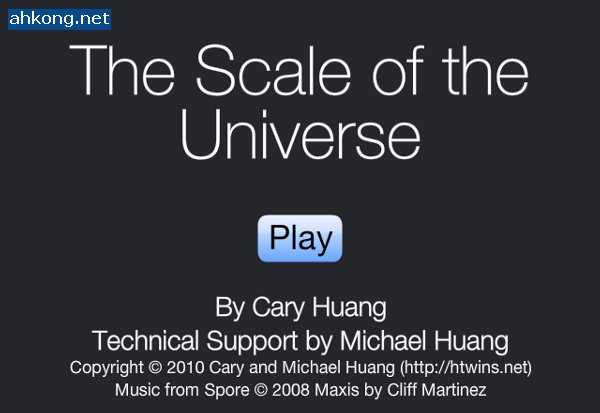
The Scale of the Universe is a very cool resource that allows you to explore the size of the universe by relating it to other things we know.
You slide the scale to go from the know size of the Universe, 1026, down to sub atomic particles 10-35. It zooms in and out going through different groupings of things that are similar in size.
It's a great resource for exploring the universe, as well as visualizing the sizes of lots of things, from humans, to states, to plants, to animals.
Check it out: http://scaleofuniverse.com/



